How to plant green beans outdoors?
Green beans can be an excellent vitamin supplement for a complete diet. Its use in food normalizes the functioning of the kidneys, digestive tract organs, helps prevent prostate adenoma, cleanses the body of toxins and toxins. The vegetable is widely used in cooking. Growing green beans does not require a lot of labor and is available even for novice gardeners.
Distinctive features of green beans
Any kind of beans belongs to plants of the legume family. Some varieties are cultivated solely for the sake of large beans. Green beans (also called asparagus) are used only unripe. The pods are canned, added to soups, vegetable stews, some varieties are grown exclusively for adding to salads.
Green beans should not be confused with asparagus - they are two completely different plants. Asparagus beans are classified into sugar and semi-sugar varieties. Depending on the species, the pods can be green, white, yellow, purple, and various shapes.
According to the type of growth, plants are divided into several varieties:
- bush;
- curly;
- half-shuffling.
The advantage of bush varieties is that they do not require support. This bean variety produces compact shrubs with beautiful flowering. Shrub varieties are great for growing in temperate climates. Curly and semi-curling varieties require a little more care. Their advantages include high decorative qualities and the ability to give a bountiful harvest.
Growing conditions
Beans love warmth and moisture, for good growth they need oxygen to the roots. You can grow green beans at the dacha even if you have a small plot. In general, it makes the following requirements to the conditions:
- The soil. Beans grow best on moderately moist loams and sandy loams. It is not suitable for areas with a high groundwater table and heavy cold soil. The landing site should be well lit by the sun and protected from strong winds. You can place the bean patch in a slightly shaded area. Before planting, the land must be cleared of weeds and dug up.
- Humidity and temperature. The soil on the bed of beans should not dry out. Moderately moist soil encourages succulent and fleshy pods. Watering the plant should not be too abundant, but regularly. The optimum temperature for emergence and further cultivation is 20-25 ° C.
- Top dressing. Green beans need regular application of complex mineral fertilizers. 2 parts of phosphorus should account for 1 part of potassium and nitrogen. It is especially important to fertilize the soil before planting. Top dressing has a positive effect on the amount of protein in fruits and improves yield indicators.
- Application of supports for climbing varieties. To support the bushes, wooden stakes are driven into the ground to a depth of 0.5 m. The supports must be strong enough to support the weight of the mature plants and fruits. You can plant curly beans near fences, poles, trellises. In the process of growth, the shoots are twisted around the support, giving them the right direction. Upon reaching 2-meter length, the crown is pinched at the stems.
When choosing a variety for planting, it is imperative to take into account the climatic characteristics of your region. Beans are not thermophilic enough to be grown as seedlings. Sowing is carried out in the spring directly into the open ground.
Since beans, like other legumes, are green manure, their neighborhood will be favorable for some other crops. In the aisles of planting beans, you can grow zucchini, pumpkin cucumbers, melons. It is permissible to plant eggplants, peppers, cabbage around the perimeter of the garden.
Preparing for landing
Sowing of asparagus beans in the open field begins with the onset of steadily warm weather without the threat of recurrent frosts. In the Moscow region and neighboring regions, this can be done closer to the end of May, in the Urals and Siberia - 2 weeks later. In colder climates, early varieties are recommended. Any variety of beans is suitable for the southern regions.
For good heating of the soil, you can additionally use a film cover. The film material is spread on the site two weeks before planting. The land should be dug up and fertilized with organic matter in the fall. In the spring, before sowing, mineral fertilizers with a high potassium content are applied.
Presowing seed treatment involves warming up for a week on a sunny windowsill and then soaking in water until swelling (it will take 10-12 hours). The water for soaking is replaced with fresh water several times. It is even better to pre-germinate the seeds by wrapping them in a damp cloth.
Sowing
The planting method depends on the selected bean variety. Shrub varieties can be planted in rows or staggered with 25 cm spacing between plants. The rows should be at a distance of 35–45 cm from each other.
The depth of the holes directly depends on the structure of the soil:
- In loose and light earth, the seeds are buried 5-7 cm.
- If the soil is heavy, the seed should be planted no deeper than 2 cm.
Put 2 beans in each hole, after the emergence of shoots, the weaker seedling is removed.
For climbing and semi-climbing varieties, supports are pre-installed on the treated bed, along which the shoots will later climb. The holes are made in the immediate vicinity of the support structure.
Climbing plants can be planted at a slightly shorter interval - the seeds are buried in the ground at a distance of 20 cm from each other. Using pyramid-shaped support structures will allow you to grow beans more compactly. At the same time, green cones will serve as an additional decorative element of landscape design.
Seedling care
The process of sprouting green beans in the soil does not last long. On the 6th day, sprouts will appear above the soil surface. The optimum daytime temperature during this period is +20 ° C. Newly emerged seedlings are sensitive to the effects of cold, so in the first days it is better to cover the plantings at night with film or spunbond.
After 1.5 weeks, the seedlings must be hilled.
After the seedlings become 15 cm high, a second hilling is carried out. In the process of growing beans, this procedure is repeated several times, since as a result of watering the land is eroded.
At a seedling height of 7–10 cm, the first loosening and weeding of the soil is carried out. In the future, to prevent the growth of weeds, you can mulch the plantings with sawdust or peat.
It is necessary to loosen the soil carefully so as not to touch the surface roots.
During the growing season, beans are fed 2 times - during the formation of buds and in the initial phase of fruiting, using a mixture of superphosphate with wood ash (30-40 g per 1 m2).
Foliar top dressing with a weak solution of potassium permanganate will be useful for beans.
Watering with an infusion of cut grass leads to active growth of shoots and the formation of fleshy pods. Making green fertilizer is easy:
- the barrel is half filled with chopped weeds and filled with water;
- the composition should ferment within a week (during the fermentation process, the fertilizer emits an unpleasant odor, so it is better to keep the container closed);
- periodically the contents of the barrel are stirred.
The finished fertilizer must be filtered. For watering, it is diluted with water in a ratio of 1:10.
Harvesting
It is important to harvest green beans on time, otherwise they will lose their taste. The pods should not be overexposed on the plant even for a week. The collection must be carried out 10 days after the formation of the ovary.
Asparagus beans can ripen at different times. Harvested:
- in early varieties - on the 50th day;
- in mid-season varieties - on the 70th day;
- in late varieties - on the 100th day.
At the time of harvest, the pods should be in a state of milky ripeness. This can be determined by their appearance: the fruits will have a length of 10–20 cm (depending on varietal characteristics). They should be flexible, not brittle. If you open such a pod, you can see small green beans about the size of a grain of wheat inside.
Harvesting is necessary every 2 days. Overexposed pods are best left to seed. Harvesting fruits stimulates the appearance of new ovaries, it can be carried out until the very frost.
Planting green beans justifies itself with unpretentiousness and high crop yield. About 2 kg of fruits are harvested from each square meter. The tops left after growing the plants can be embedded in the ground and by the beginning of the next season, nitrogen-saturated soil for planting other vegetables can be obtained.
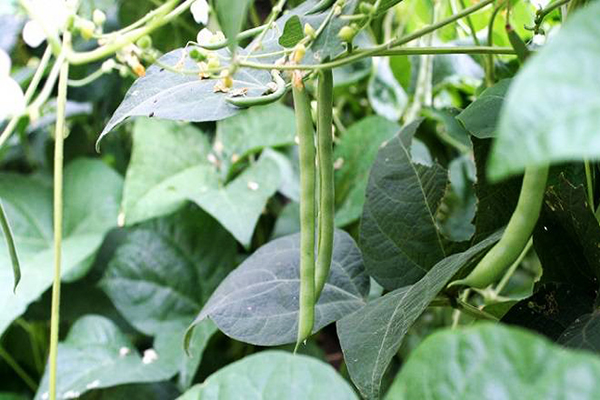
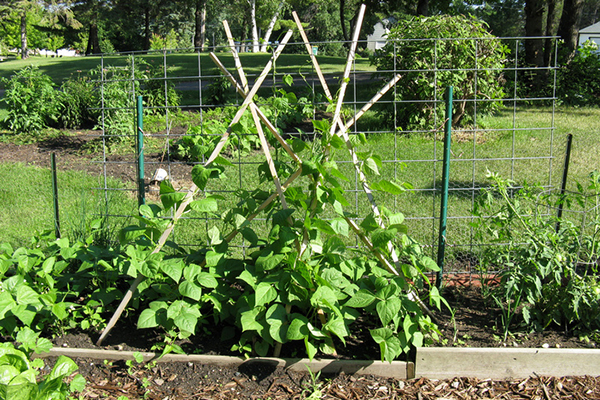
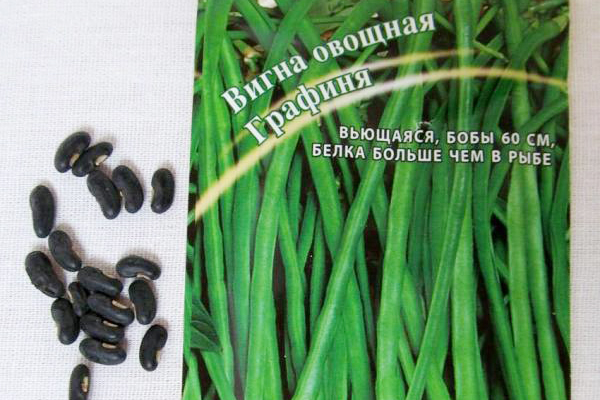
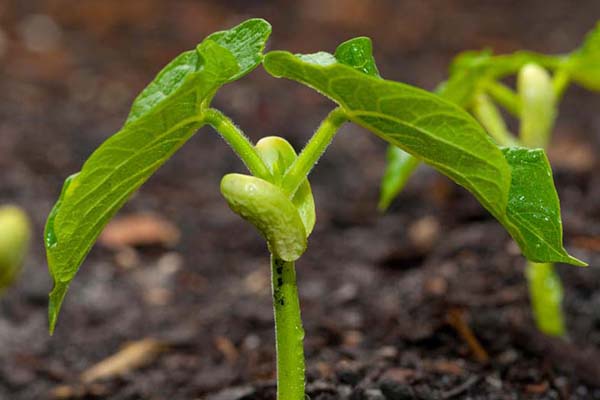
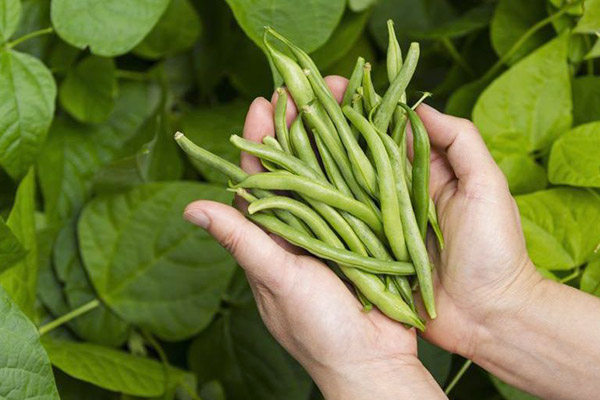
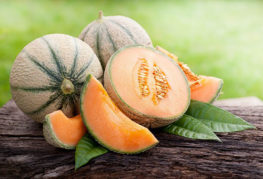
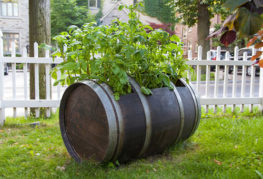
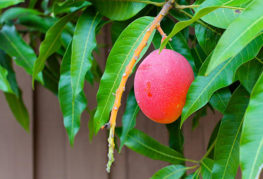
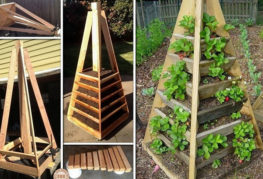
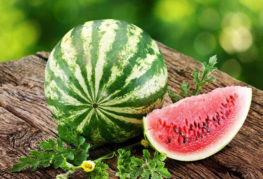
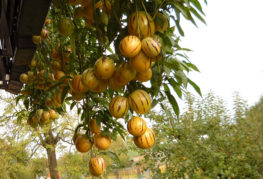
and will be published shortly.